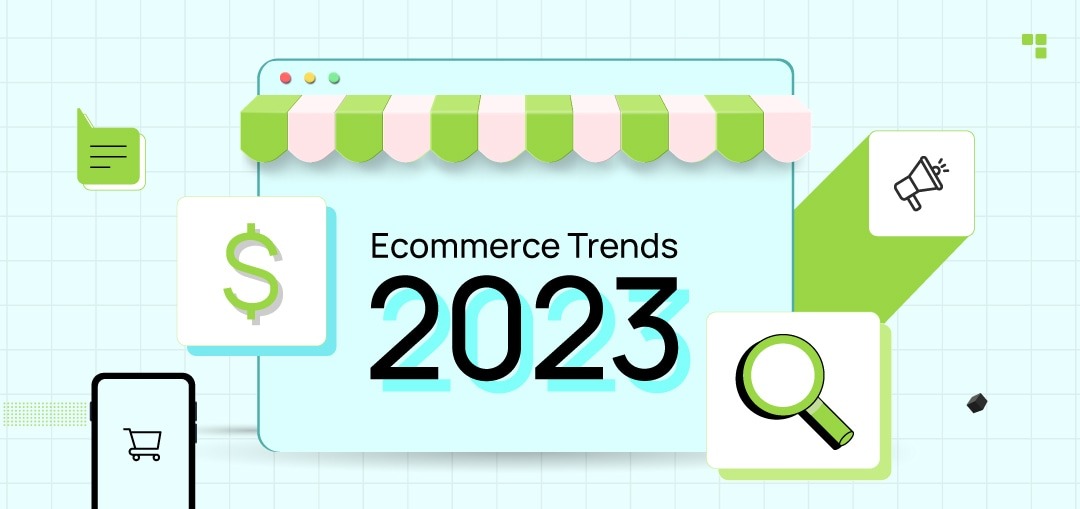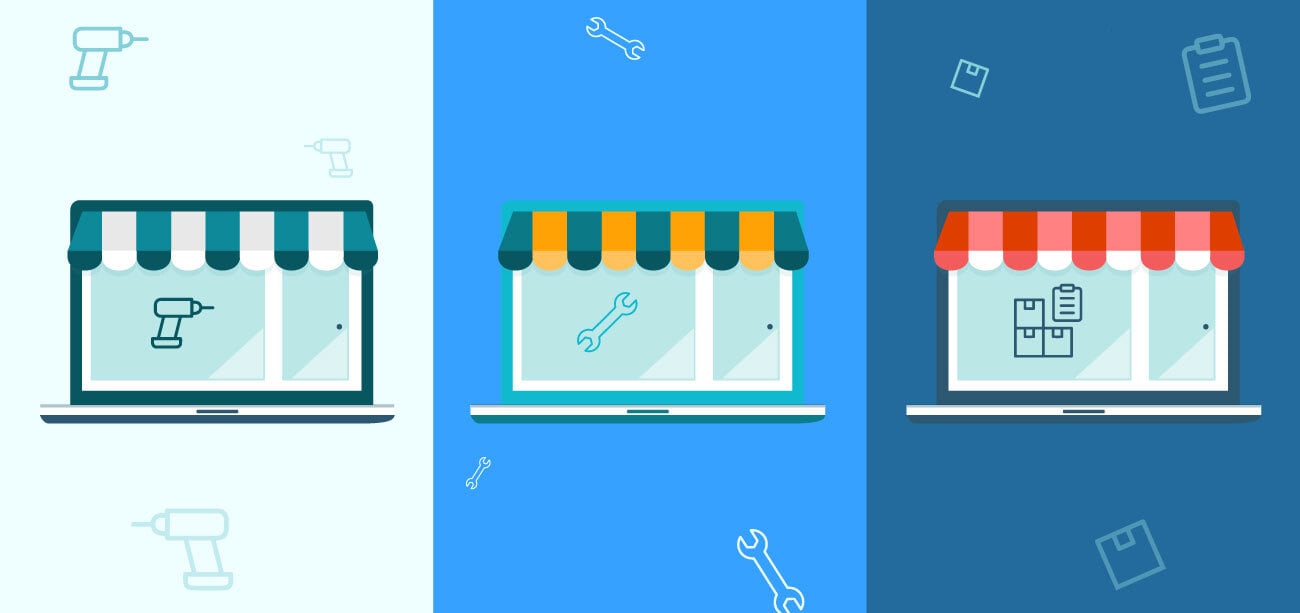In 2021, Daniel Kahneman, a renowned psychologist and economist, said, “Yes, AI may have flaws, but human reasoning is deeply flawed, too. Therefore, clearly, AI is going to win; how people adjust is a fascinating problem.”
The above statement highlights the transformative role that AI is set to play in our everyday lives and the business landscape. AI’s evolution is not a recent phenomenon and has been a subject of research for over three decades. Although what AI can do was something people weren’t very aware of until a few years ago. I would like to take you a little around seven years ago in 2016. During this time, AlphaGO, an interesting computer board game driven by machine learning, was launched by Deepminds (currently a subsidiary of Google).
It ignited widespread conversations in the AI industry when it defeated the world’s leading Go player, Lee Sedol. This victory marked a significant breakthrough in AI development since Go is believed to be an exceedingly complex board game known for its vast number of potential moves, posing a challenge for AI systems.
AlphaGo leveraged advanced machine learning techniques and was trained using a combination of supervised learning from human experts and reinforcement learning by playing games against itself. Through this process, it developed a deep understanding of the game, enabling it to make strategic decisions that surpassed human capabilities. It broke the assumption that AI can never surpass human intelligence and made the world realize the immense potential that artificial intelligence has to offer.
The emergence of ChatGPT and its impact
The biggest revolution in the field of Artificial intelligence that has recently hit the world is ChatGPT. Multiple industries have witnessed its applications right from marketing to development to HR operations to medical science to data analysis, and the list doesn’t seem to stop. If you are someone who has been actively engaging in online trends, then ChatGPT is topping the charts with news of how it can replace jobs or how it can change how businesses carry out various operations.
According to the McKinsey study, big tech organizations such as Google invested about $20B to $30B in AI in 2016, with a major chunk of about 90 percent spent on R&D and deployment and 10 percent on AI acquisitions. Also, various sources have cited that big companies such as Microsoft and Google plan to prioritize and direct their capital to develop AI technologies which are also one of the major drivers of massive layoffs around the globe.
Let’s elaborate on how it can actually impact the IT industry:
AI for Quality Assurance
Using AI for Quality Assurance (QA) in software testing is a helpful approach. When a development team creates new code, it needs to undergo quality test before it can be released to the market. Doing this manually by the QA team can be time-consuming and requires a lot of effort and time. However, AI has the capability to identify repetitive patterns, making this process easier and faster. By using AI for qualitydata analysis, QA departments can avoid human errors, save time on running tests, and quickly detect potential defects. There are various tools in the market, such as Applitools, Testcraft, and Testsigma, amongst several others, that are AI-powered and help with test automation. Accenture conducted a study revealing that AI-powered testing reduced testing time by an astounding 80% and increased test coverage by up to 50%.
At Tecstub, we have adopted Testsigma to automate our testing processes. Testsigma is a cloud-based no-code test automation tool. Its easy-to-use interface enables any user to automate any type of application very easily. As we work on large-scale and complex B2B eCommerce projects, we use Testsigma to automate our test cases and provide more quality work to the client.
Some of the benefits of using AI for Quality Assurance are :
Accelerated timelines
A significant aspect of a QA engineer’s role is to maintain the stability of existing functional code when new code is introduced. However, as more features are developed and added, the volume of code requiring testing increases, and with that, more time is needed to perform all the testing. This is where AI bots can play a vital role. Unlike manual testers, AI bots have the capacity to adapt and evolve alongside code changes. They can continuously learn and identify new functions within the evolving codebase. When AI bots detect modifications in the code, they can be programmed to differentiate between new features and potential defects resulting from code changes. All of this helps in saving time, resources, and effort. It leads to accelerating the release cycle with frequent updates and enhancements even when the project is huge.
By integrating AI into repetitive testing tasks, QA engineers can dedicate focus to critical aspects of the software. This allows for enhanced efficiency and productivity within the testing process.
Improved test coverage
The incorporation of AI in testing can help efficiently with test coverage. AI algorithms can learn from past test results and prioritize the most critical test cases based on their impact and probability of failure. This approach optimizes test coverage by focusing on areas more likely to encounter issues.
By leveraging AI capabilities, testing processes can seamlessly analyze file contents, data tables, memories, and internal program states. This comprehensive examination ensures that the program functions as intended.
AI for image-based testing is another effective application of AI in quality assurance processes. As we all know that there is an increasing number of platforms with diverse screen sizes and configurations. It poses a challenging task for test engineers and developers to effectively test the UI layer. The UI layer undergoes frequent changes as businesses aim to enhance the user experience. Hence, there is a pressing need for visual AI testing tools that can comprehensively test the various UI layer variations. Automated testing tools like Applitools is a visual testing and monitoring platform. Applitools utilizes Visual AI and offers features like Applitools Eyes, which boosts test coverage and reduces maintenance efforts. It also has a feature called ultrafast grid that facilitates cross-browser and cross-device testing, accelerating functional and visual testing by 30 times. Applitools seamlessly integrates with modern test frameworks and works alongside popular testing tools such as Selenium, Appium, Cypress, and more.
As artificial intelligence becomes increasingly prevalent, testers will experience enhanced ease and efficiency in creating, executing, and analyzing software test cases without the need for constant manual updates. Moreover, they will have improved capabilities to identify controls and establish connections between defects and software components, surpassing previous levels of accessibility and efficiency.
Defects prediction
Implementing Analytics in QA offers the advantage of predicting future failures based on historical data. Predictive Analytics utilizes statistical algorithms and machine learning to extract valuable insights and identify patterns and trends. These predictions help proactively identify failure points, enabling QA teams to make informed decisions. A great example of this is Microsoft Defect AI. Altran and Microsoft utilized machine learning models on Azure to detect potential software bugs earlier in the development process, reducing the need for multiple cycles of coding, testing, and bug fixing. This approach resulted in significant time and cost savings.
Machine learning-based defect prediction can help QA processes by:
- Identifying high-risk areas in the codebase, allowing targeted testing efforts.
- Providing insights into potential problem areas that require further review or refactoring.
- Supporting decision-making by quantifying the likelihood of defects for different code segments.
AIOps (Artificial intelligence for IT operations)
According to Gartner, AIOps refers to platforms and software systems that integrate big data, AI, and machine learning capabilities to improve and partially replace various IT operations processes and tasks. These include activities like monitoring availability and performance, analyzing and correlating events, managing IT services, and automating workflows.
AIOps leverages big data, analytics, and machine learning to achieve the following:
- Collect and consolidate vast amounts of data from various IT infrastructure components, application demands, performance monitoring tools, and service ticketing systems.
- Extract meaningful insights from this data to identify important events and patterns related to application performance and availability issues, distinguishing them from background noise.
- Diagnose the root causes of these issues and promptly report them to IT and DevOps teams for quick response and resolution. In certain cases, AIOps can even autonomously resolve these issues without human intervention.
AIOps makes IT operations easier by bringing together different tools into one smart system. Instead of using multiple separate tools and doing things manually, AIOps automates and streamlines the process. This means that IT operations teams can respond faster to issues like slowdowns or outages. AIOps gives them a complete view of what’s happening and helps them understand the context of the problem. With this information, they can take action quickly and even anticipate issues before they happen.
For example, consider a large e-commerce company that handles a high volume of online orders. With AIOps, the company can use AI algorithms to monitor and analyze their systems in real-time. The AI algorithms can detect anomalies, such as sudden spikes in website traffic or server failures, and alert the IT operations team immediately. This allows the team to proactively address the issues before they impact customer experience or lead to downtime.
Another major application of AIOps that is being widely used by organizations is Process Automation. The biggest use case in this category is leveraging the power of chatbots for customer support. Several companies employ AI-powered chatbots to handle basic customer inquiries and provide instant responses. These chatbots utilize natural language processing to understand customer queries and provide relevant solutions, freeing up human support agents to focus on more complex issues. This automation not only improves response time but also enhances customer satisfaction.
The second similar use case is for employee support. A Harvard Business Review study reports that between 34 and 44 percent of global companies they surveyed are using AI to help resolve employee technical support issues. They have implemented a smart response system to streamline common questions from employees.
Efficient Software development
The software development field is also getting revolutionized by the power of Artificial Intelligence (AI). According to Grand View Research, the global market for AI in software development was valued at USD 136.55 billion in 2022, with an estimated compound annual growth rate (CAGR) of 37.3% from 2023 to 2030.
AI-powered tools, including natural language processing, machine learning, and computer vision, are transforming how software is created. This paradigm shift is enhancing software development processes and reshaping the job market. As a result, new roles, such as AI engineers and data scientists, are emerging, offering promising career prospects. The demand for AI engineers is projected to grow by an impressive 21% between 2021 and 2031, surpassing the average job growth rate of 5% for all occupations.
Some of the benefits of using AI for software development are:
Accelerate development process
AI has reshaped software development processes, enhancing efficiency and productivity. ChatGPT can assist developers in generating code snippets, offering suggestions, and providing documentation. OpenAI’s Codex is a popular tool that converts human language into code. It is the underlying technology behind GitHub Copilot, which developers widely use.
Codex can understand basic instructions in natural language and generate a code in response. This enables programmers to enhance their applications using a natural language interface, making building upon existing systems easier and saving them time.
This accelerates the software development lifecycle, reducing coding errors and improving code quality.
Write better code
AI-powered code recommendation tools like Intellicode by Visual Studio, an AI-driven coding engine that integrates directly into your coding workflow and leverages machine learning to provide developers with intelligent suggestions and recommendations to improve their code. The AI tool can help with code refactoring, suggest code optimizations, reduce redundant computations, improve memory management, or optimize algorithms. These optimizations allow the resulting code to run faster and consume fewer resources.
So many tools are available, such as Tabnine, that help developers complete their code faster. Tabnine supports various programming languages, including Python, TypeScript, Rust, Go, Bash, etc., and seamlessly integrates with popular code repositories such as GitHub, GitLab, Bitbucket, and more, allowing developers to easily connect their codes. Another advantage of Tabnine is that it can analyze developer-specific coding patterns and generate intelligent, cohesive, and personalized outputs. With other tools like Mintlify, documentation work becomes easier and faster.
As AI technology evolves, the IT industry will witness further advancements and innovations, fostering efficiency, productivity, and innovation. Organizations that embrace Artificial Intelligence Solution will gain a competitive edge, unlock new opportunities, and meet the ever-changing demands of the digital era. The integration of ChatGPT and AI technologies marks a significant milestone in the journey towards a smarter and more automated IT industry.





